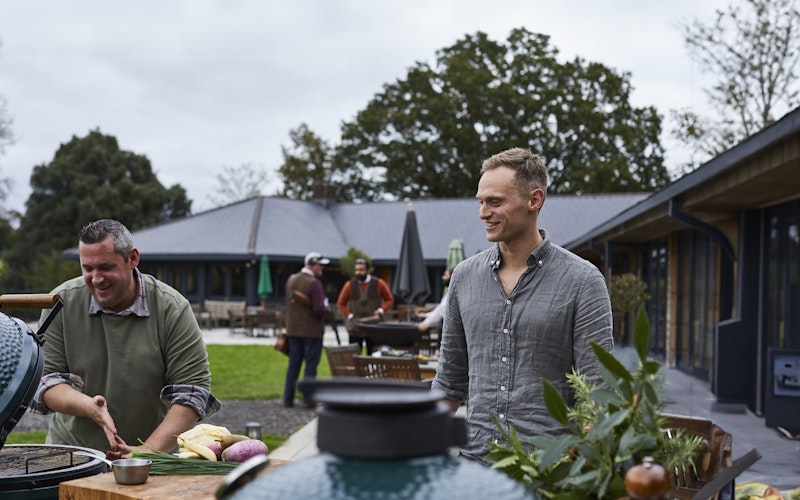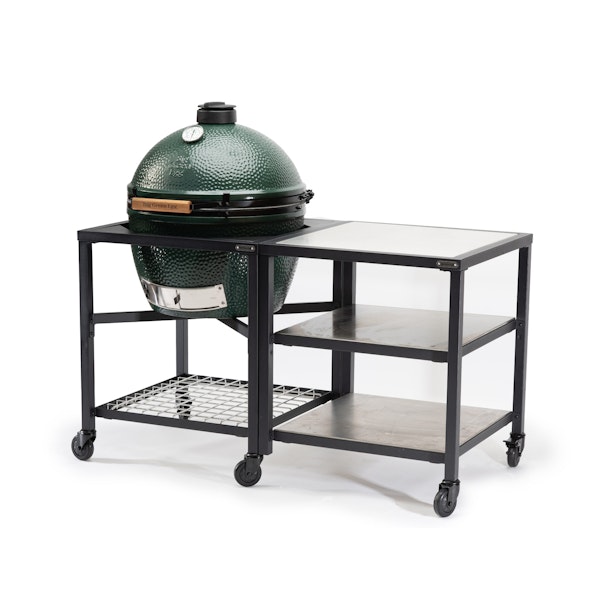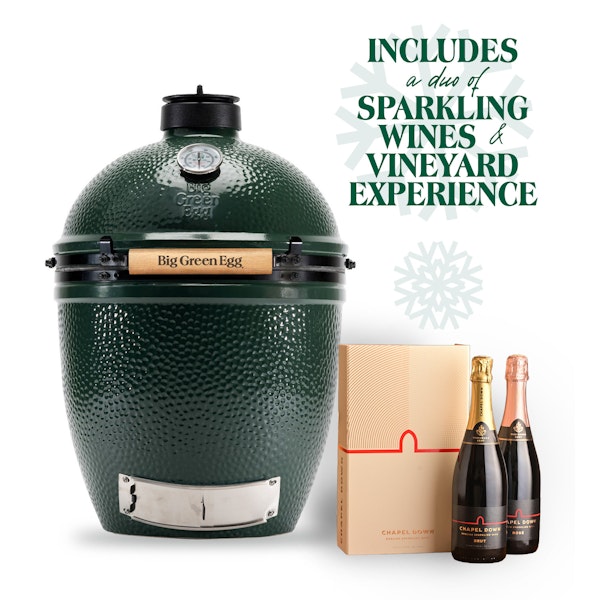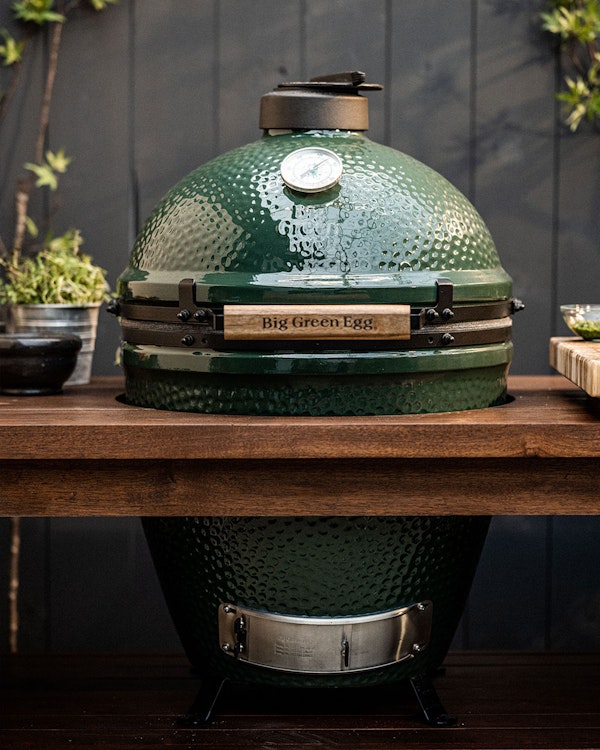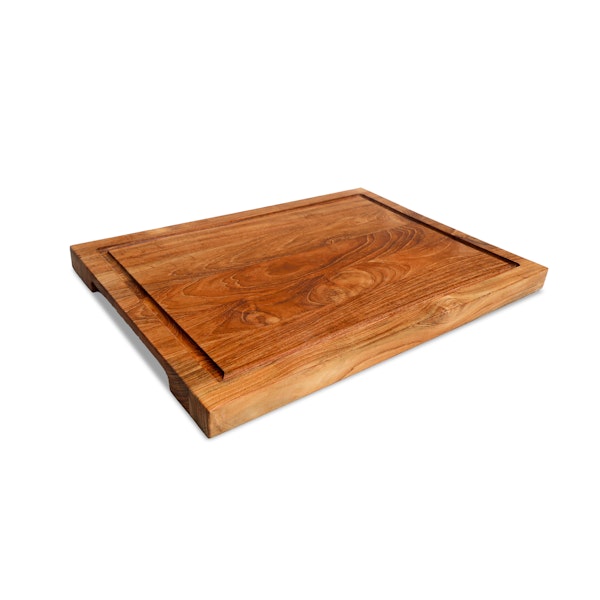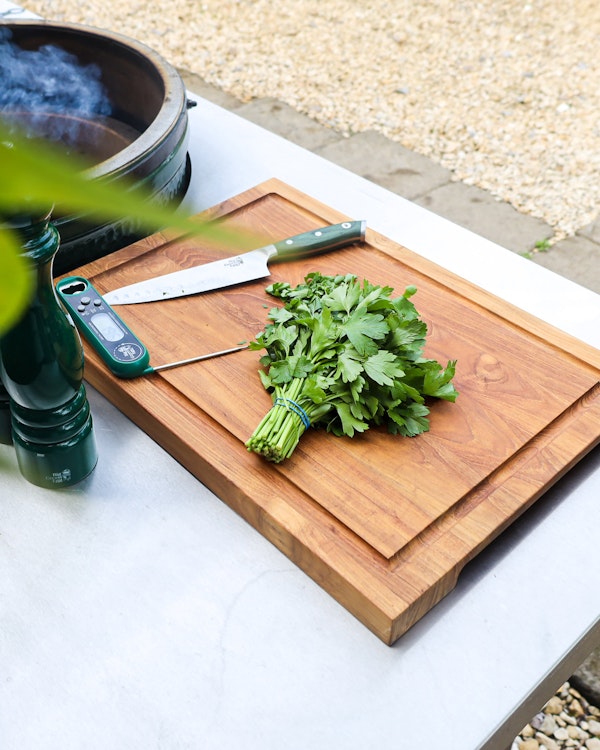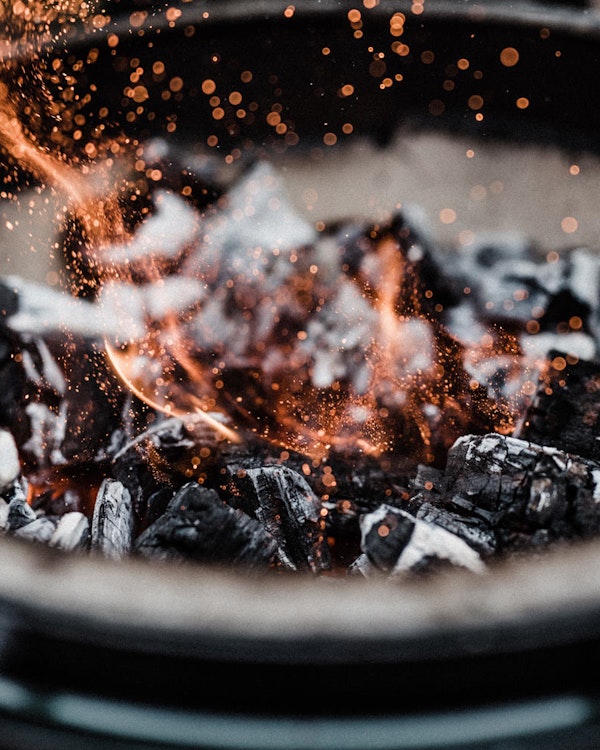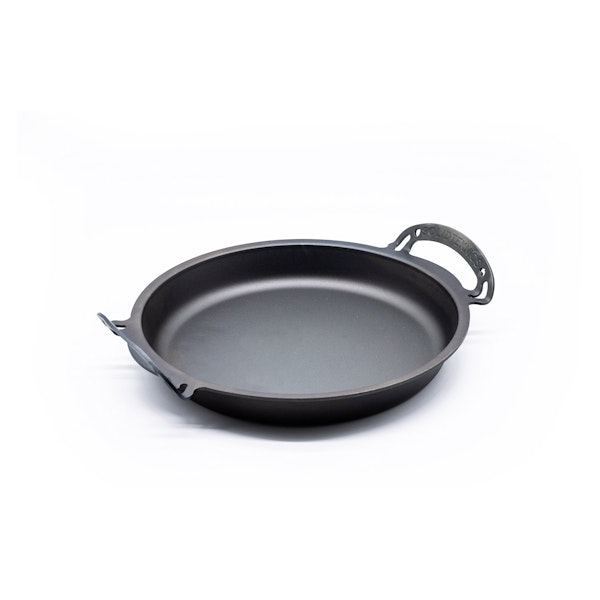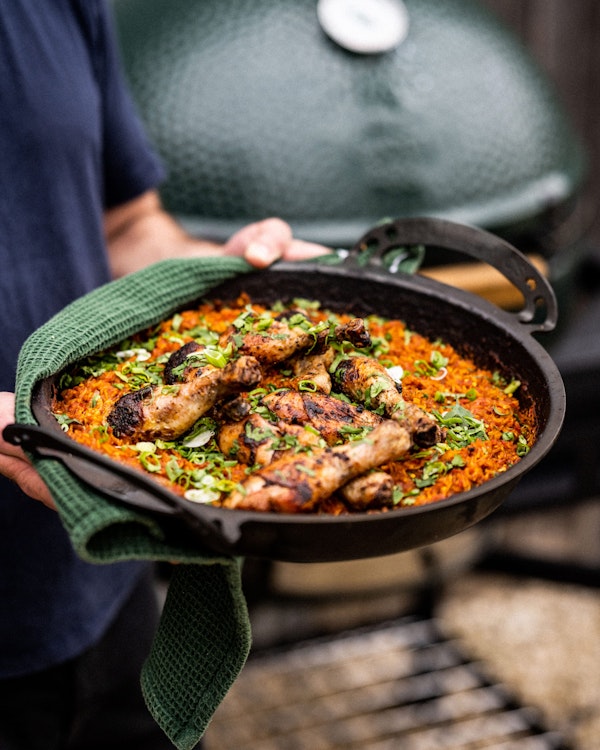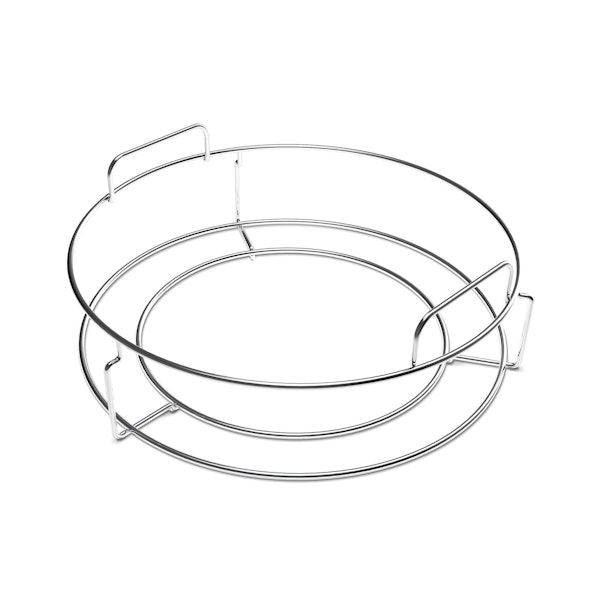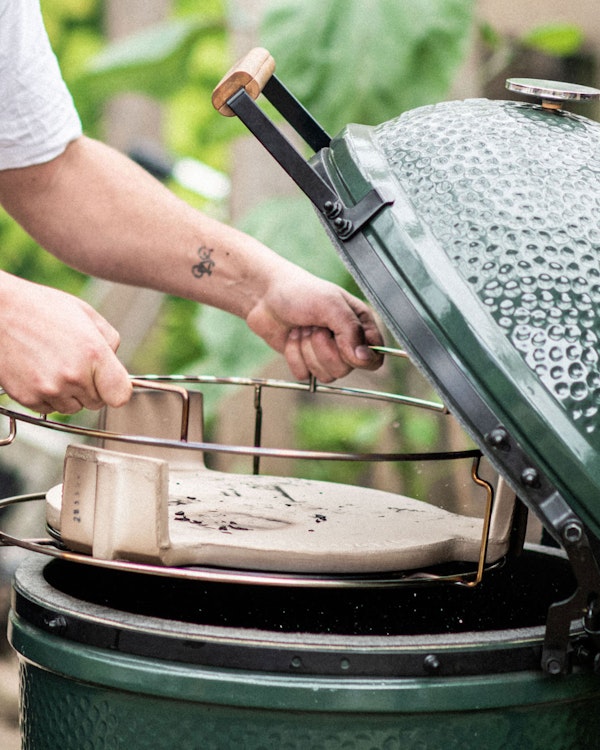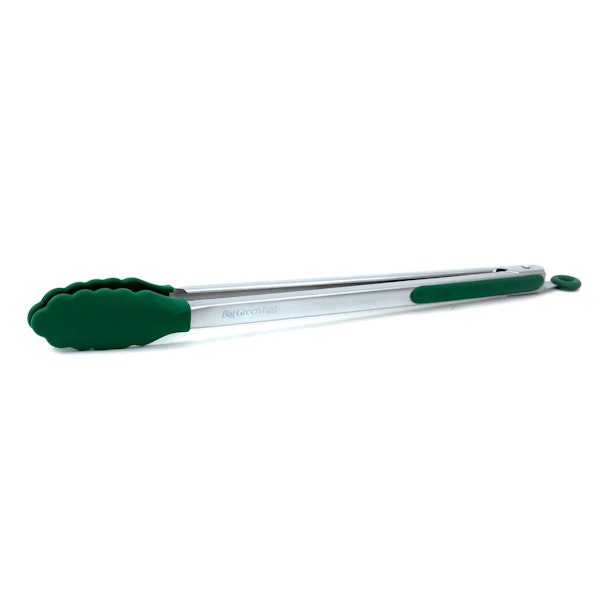So, how did you two come to be friends?
JOSHUA: I worked for Mark at Kitchen W8, and it was a pivotal part of my training as a chef. I was about 26 when I started, and I was there for just over two years. It was my first real exposure to game. It stood me in excellent stead when I went for the job at Holland & Holland. There’s so much I learnt from Mark that I’m still using today.
MARK: I’ve been at Kitchen W8 for 15 years, so a considerable chunk of my career. I’ve found my home there. As you can imagine, I’ve seen plenty of chefs come through, and there are a handful, Josh being one, who’ve gone on to do great things. We still speak to each other quite regularly. He was a colleague, but it’s now a friendship. For me, that’s what cooking’s all about – it’s more than just the work, it’s the friendships you make.
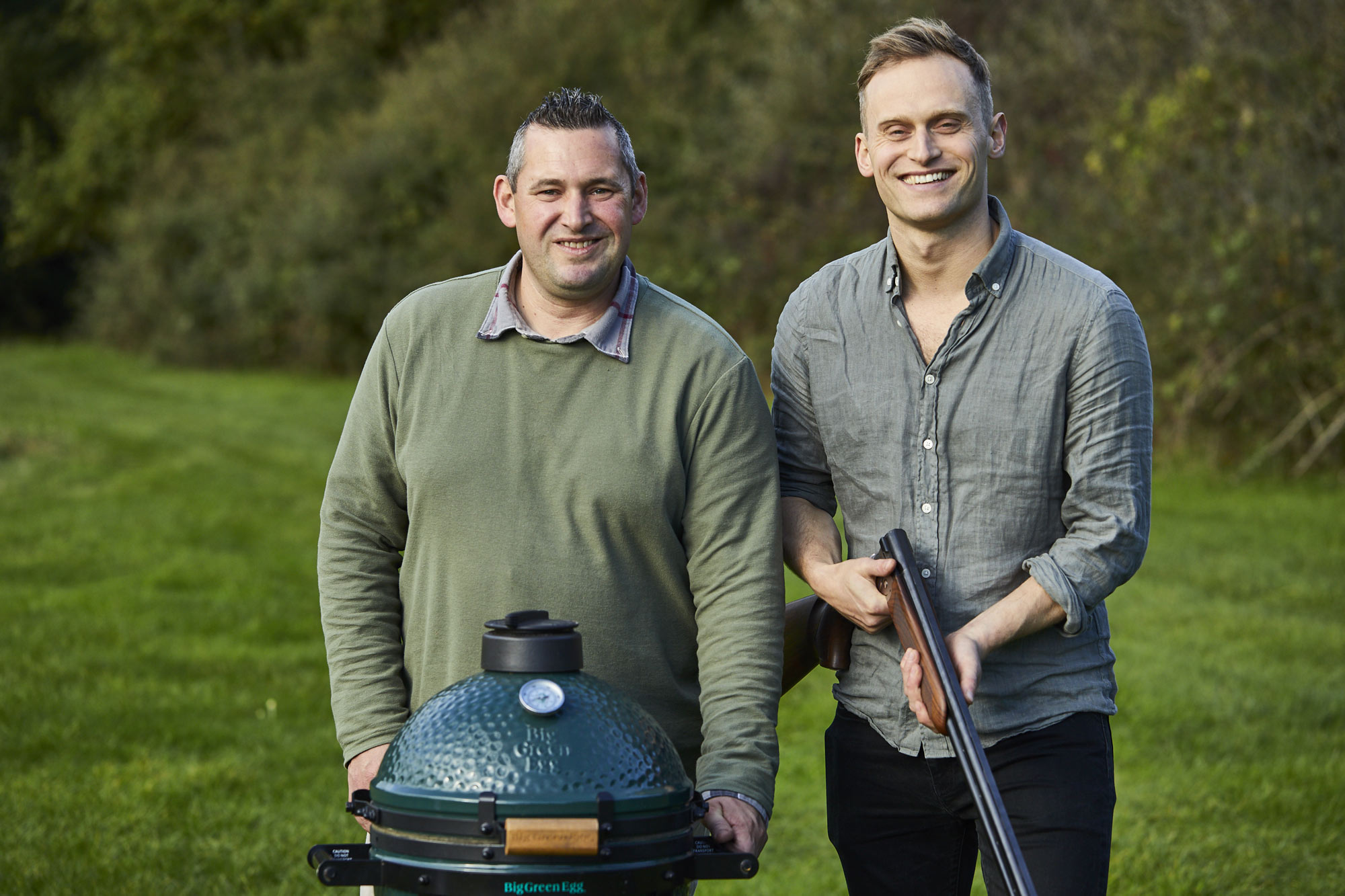
You’re both strong advocates for eating venison and other wild meats. Why?
MARK: It matters for many reasons. There are sustainability benefits. It’s locally sourced. There are health benefits. It fits in with the seasonal calendar very well. But above everything else, it’s delicious. It’s also an absolute necessity – we need to cull our deer. We’re overrun with them and they’re going to be culled anyway, so we should be eating their meat.
JOSHUA: The more demand there is, the more money the stalkers are going to get paid and the better the land management is going to be on those farms that would otherwise have their crops eaten or woodlands overrun with deer. When the population spirals out of control, you end up with disease or traffic accidents doing the job of the predator, so by controlling the population, you’re maintaining a good food supply for the deer, meaning fitter, stronger, healthier animals and better meat.
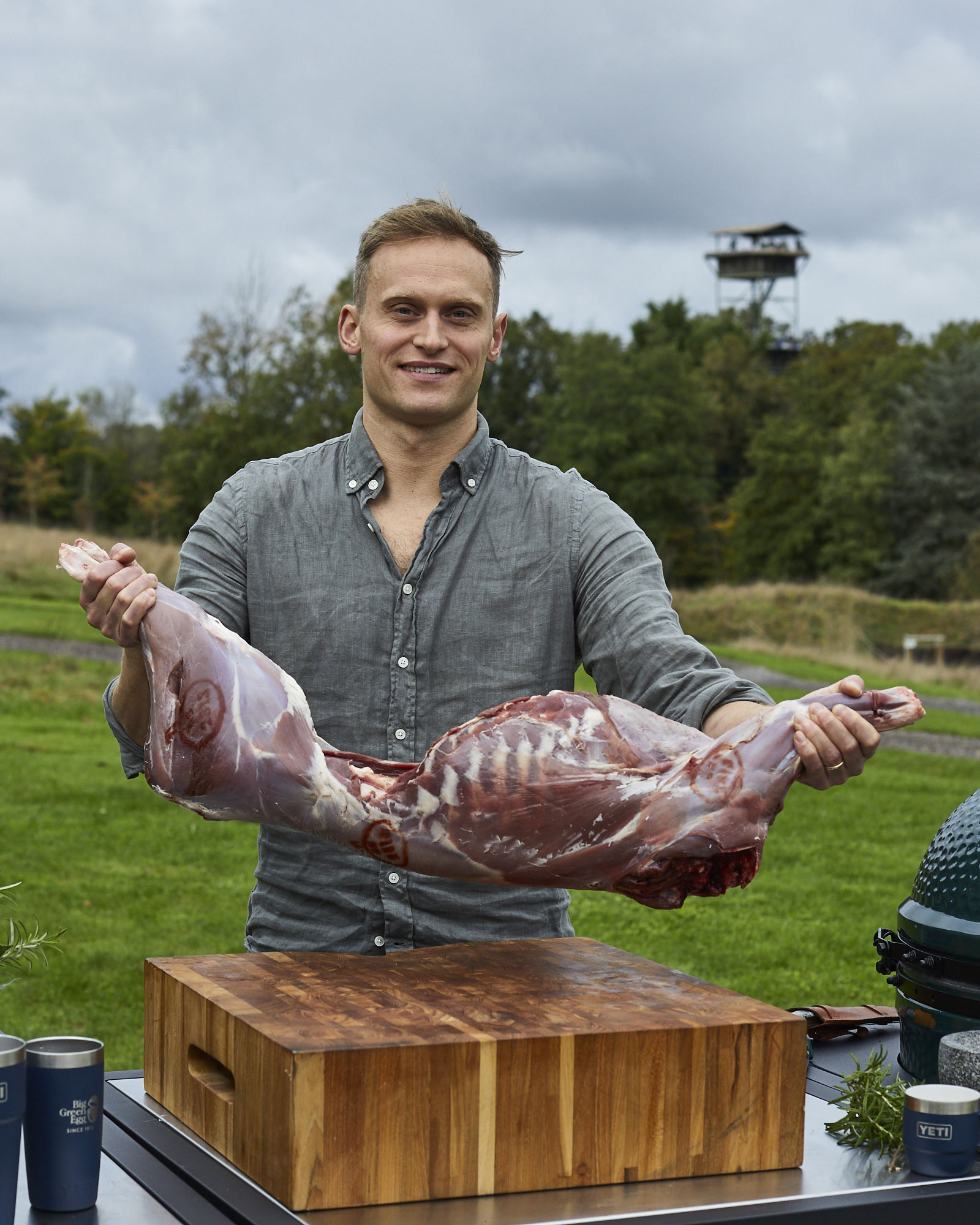
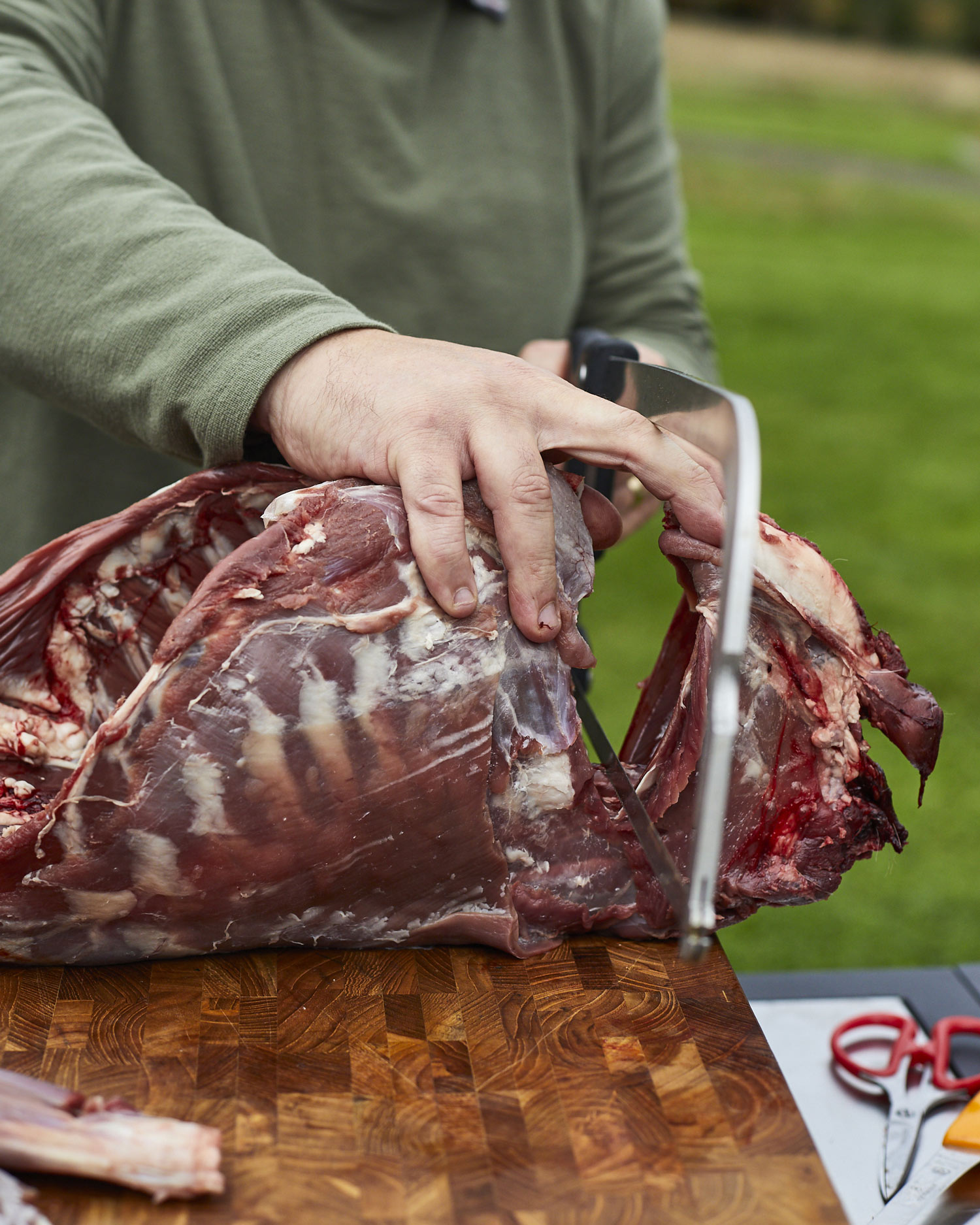
Where did the deer you’ve cooked today come from?
JOSHUA: Mark and I went out with Ben Heath, one of the owners of Deer Box – a wonderful supplier we both use. We were on an estate in Berkshire. It was horrible weather, but we were lucky enough to get a little break in the rain and we spent a good couple of hours tracking around with a couple of rifles. Just as the light was going down, we got an opportunity to take a muntjac.
Was it a clean kill?
JOSHUA: It was a quick, clean, painless shot, which should be the primary objective of any stalker. It was a neck shot, which preserves the integrity of the meat. Because they’re such small deer, if you aim for the heart it ends up damaging the front of the carcass too much. It was gralloched in the field, taken away by Ben, then sent over to us a week later.
What are the most notable characteristics of a muntjac?
MARK: It’s much smaller than other deer. The one we had was just over 7.3 kilos, which is average-to-large for a muntjac. It’s a male, probably a year or so old. The flavour is not dissimilar to lamb. It’s not as strong and gamy as other deer – it’s very tender and sweet.
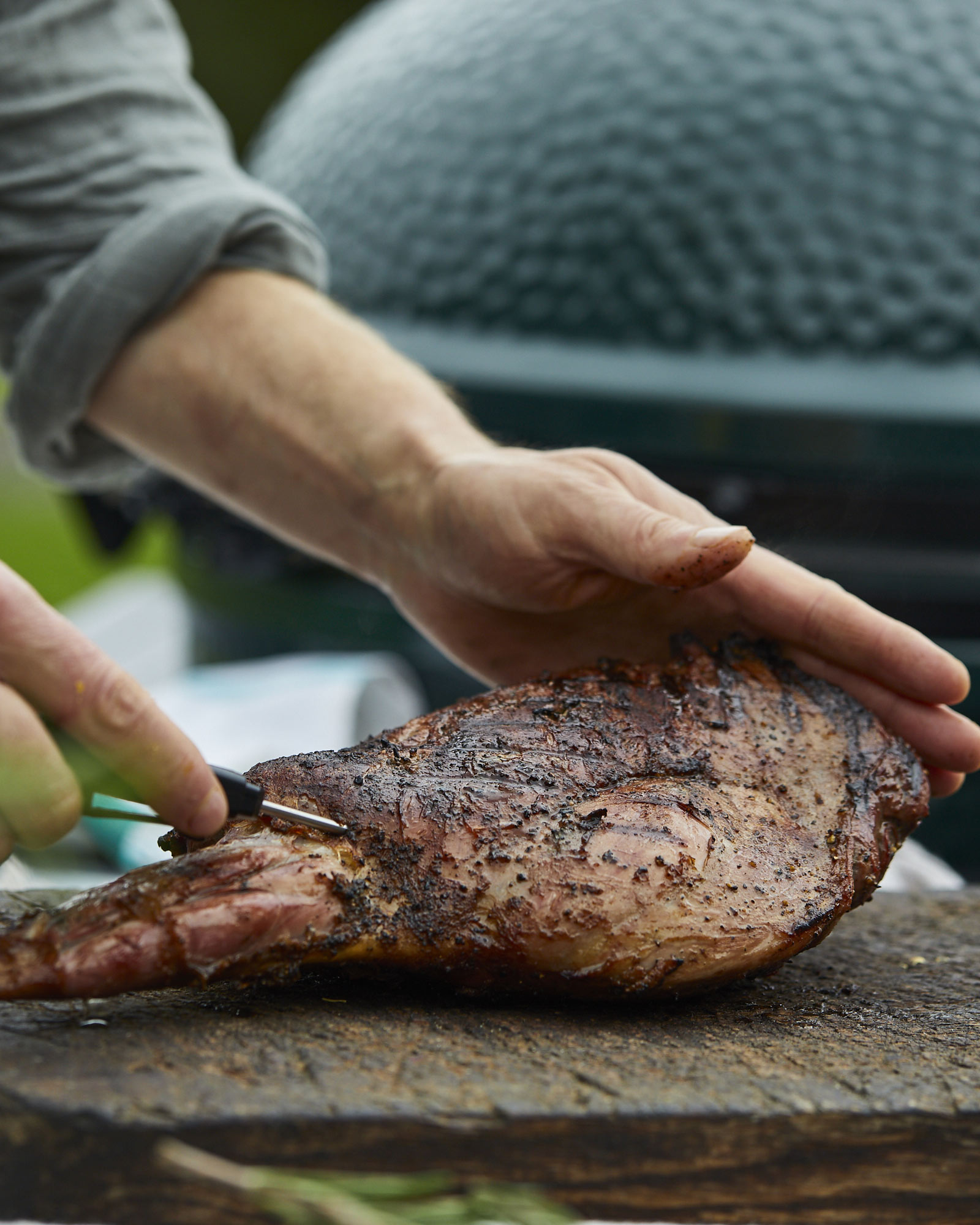
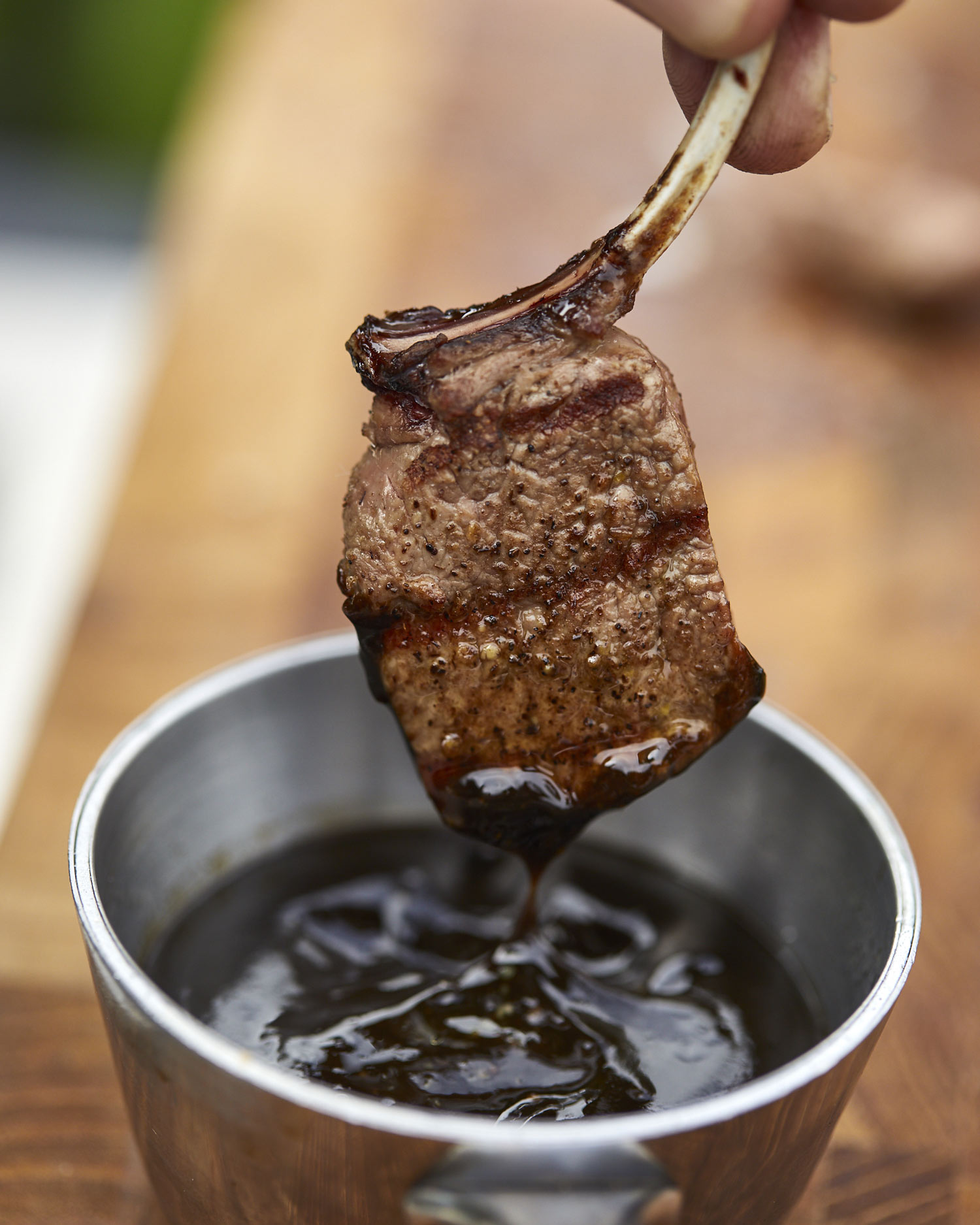
Was the carcass delivered to you whole?
JOSHUA: Yes, we butchered it down this morning and took the cuts we wanted. The rest is going to be used here at the shooting grounds, so nothing will go to waste. When you butcher a deer, there’s lots of trim that comes off, which can be utilised in all sorts of ways. I really enjoy the butchery. It ties you into the food chain and it’s an enjoyable skill. It’s great in the morning when you have the meat coming in early and you have to prep it as quickly and efficiently as you can. It’s very satisfying.
Is it important that you teach those butchery skills to the chefs who come through your kitchens?
MARK: I think it’s a bit of a dying art, but it’s essential as senior chefs and leaders in the industry that we pass on to the next generation the skills we were taught. It’s important for a restaurant because it offers real value for money. If you can utilise the whole animal, obviously the yield is so much better. You get so much more for your money.
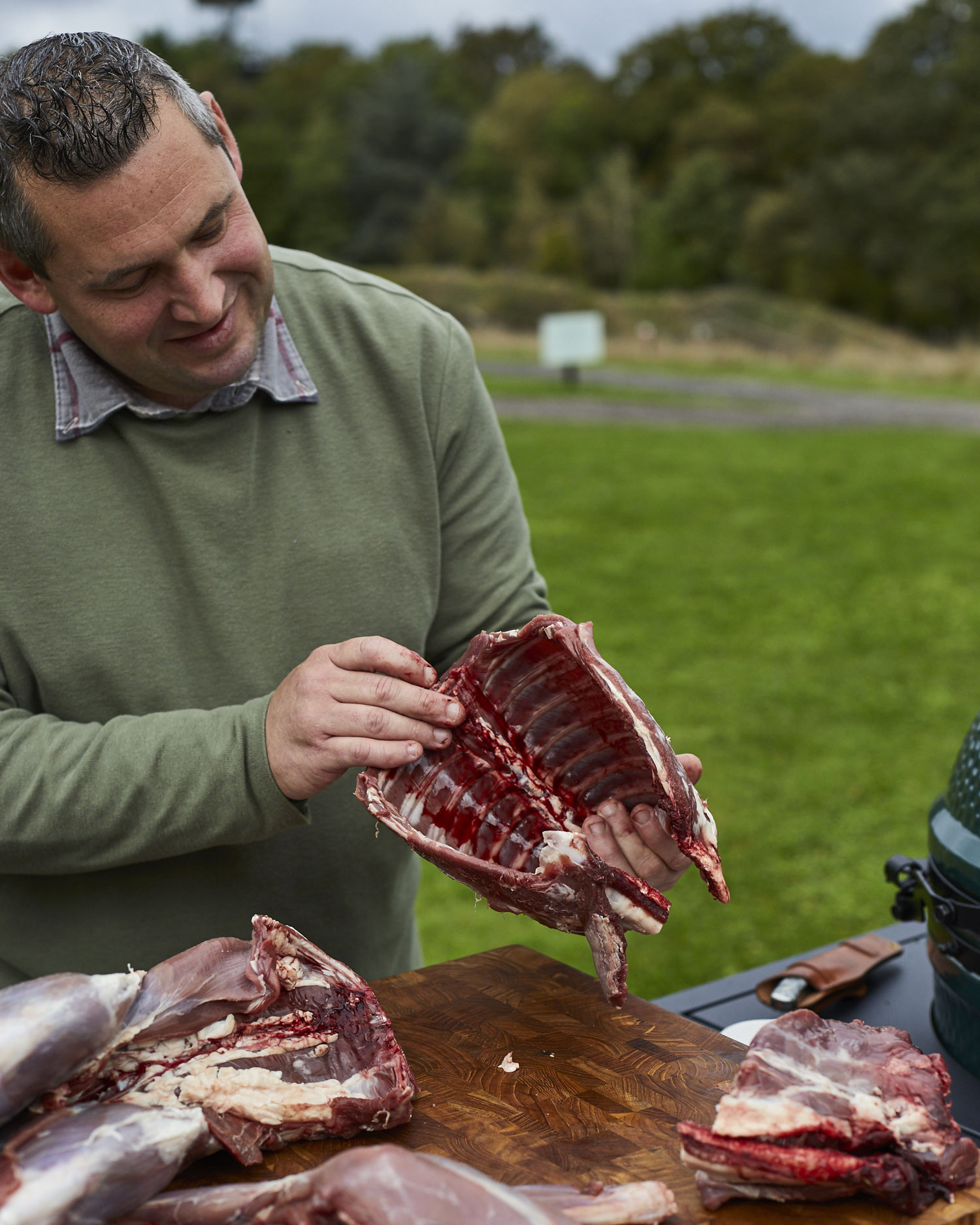
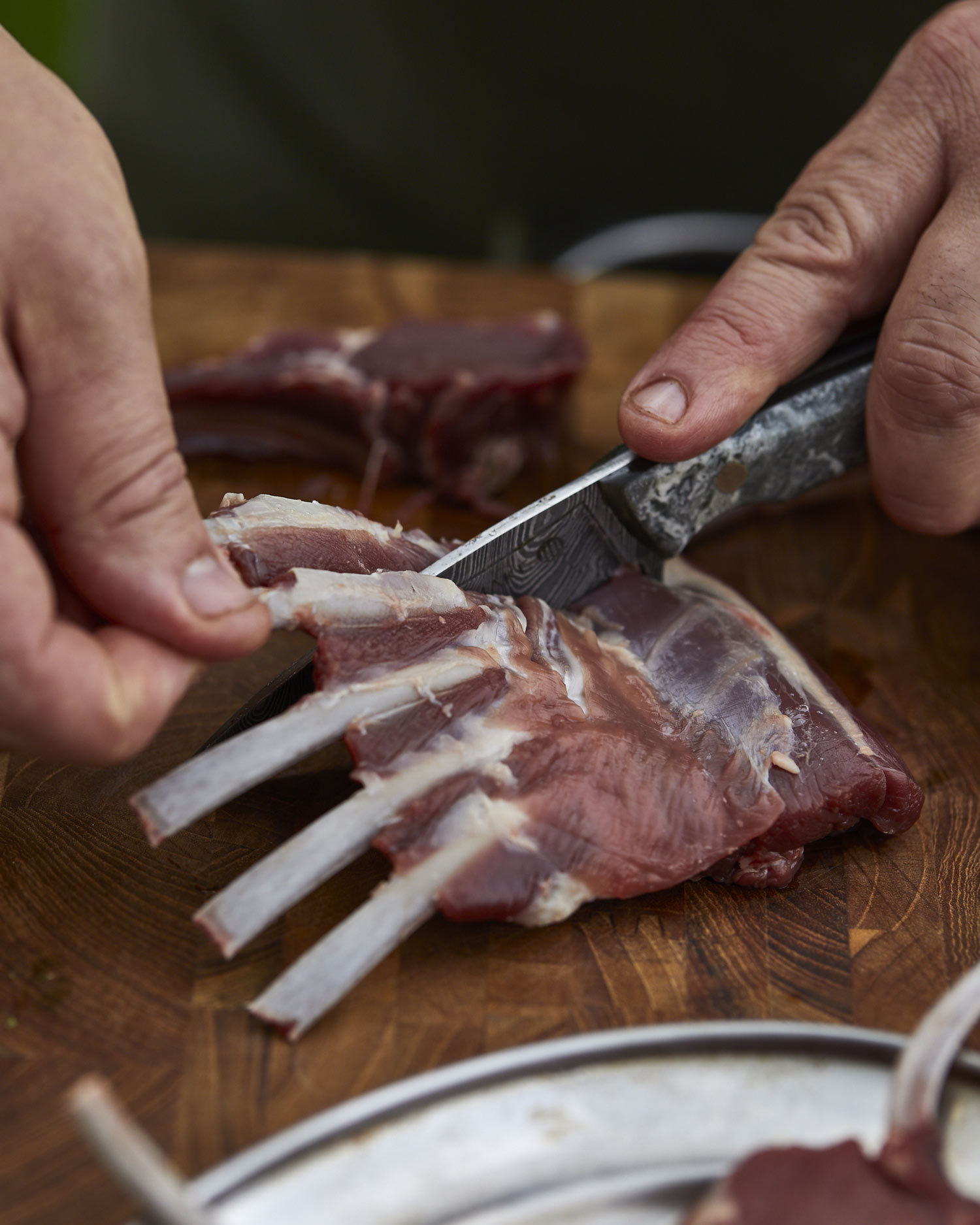
How seasonal is muntjac venison?
JOSHUA: With muntjac, there is no closed season. You have closed seasons for fallow deer, sika deer, red deer and roe deer. But muntjac, because they’re just so overpopulated, they don’t close the season at all. One of the great things about working with a company like Deer Box is they’re so aware of the seasonal changes and how the animals are going to taste at different times of the year. For example, fallow bucks are in season right now, but they’re going into the rut, so their meat will taste of testosterone – not very appealing. Even though they’re officially in season, it’s best not to harvest fallow bucks right now, whereas muntjac tastes really good.
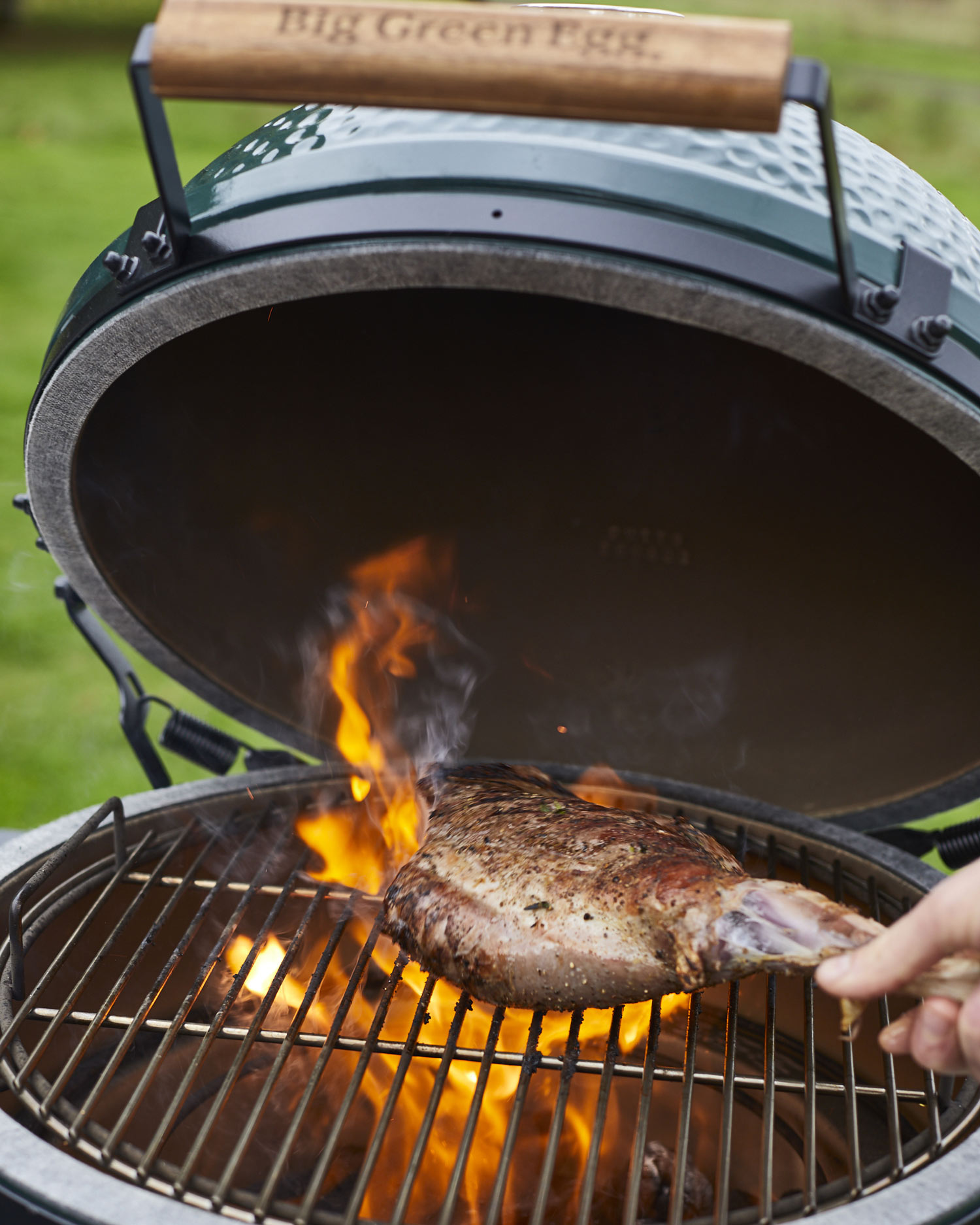
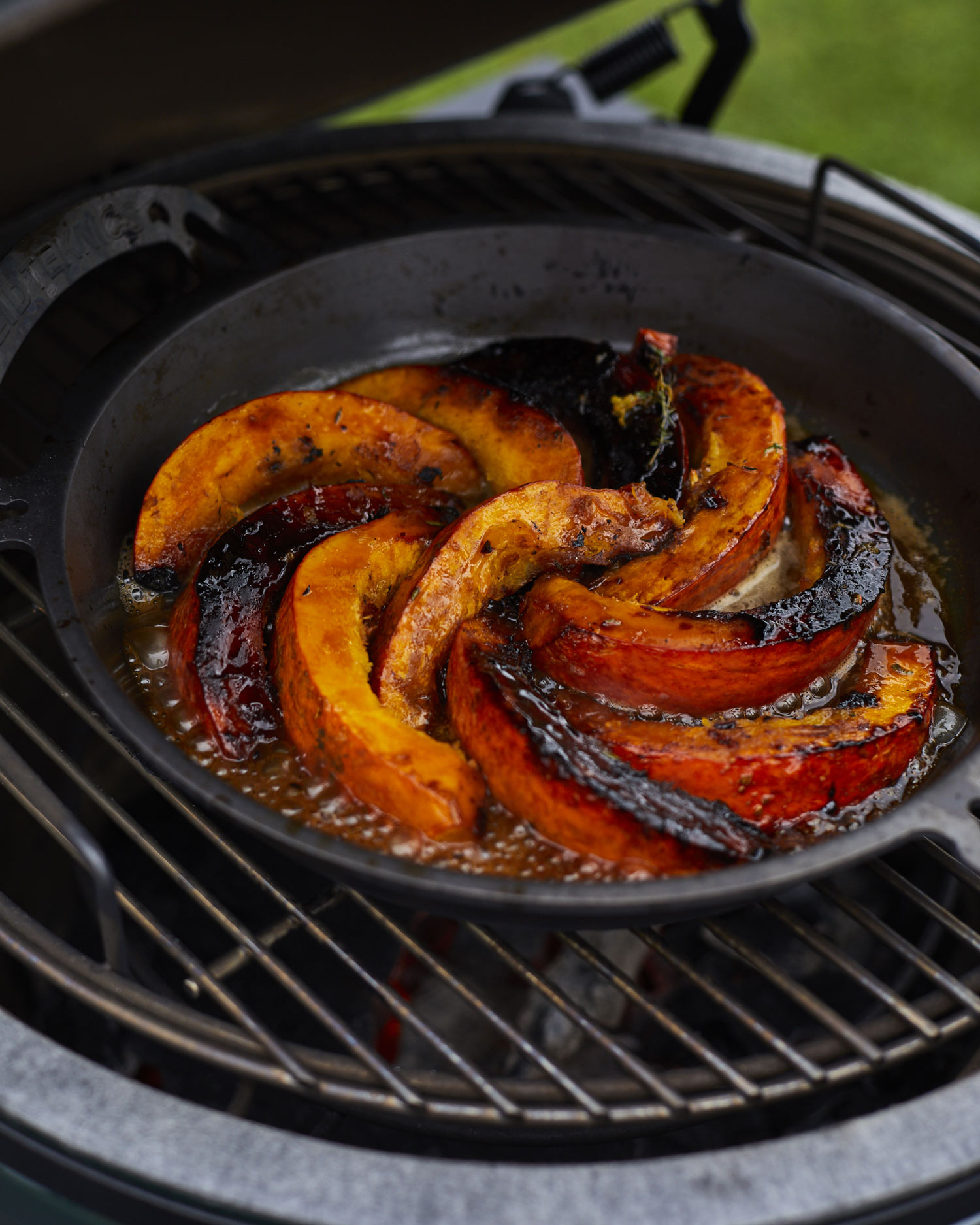
How do you find the technical side of shooting?
JOSHUA: I’ve got my firearms license but I’m still at the beginning of that journey so there’s a lot to learn. I’m lucky to have an amazing rifle range here at the grounds and we’ve also got a cinema range downstairs where you can shoot live rounds at different hunting scenarios. The key thing as a stalker is to be thinking about the animal first– only shooting if it’s presenting a good shot and you know that you can kill it cleanly. The importance of that technical skill is what makes hunting so exciting.
MARK: I don’t have my firearms license yet, but I do like going out on the beat. I just love being out in that environment, surrounded by nature, seeing all the wildlife around you. When we were out, I spotted so many wild mushrooms. It’s good to clear your mind and be at one with nature.
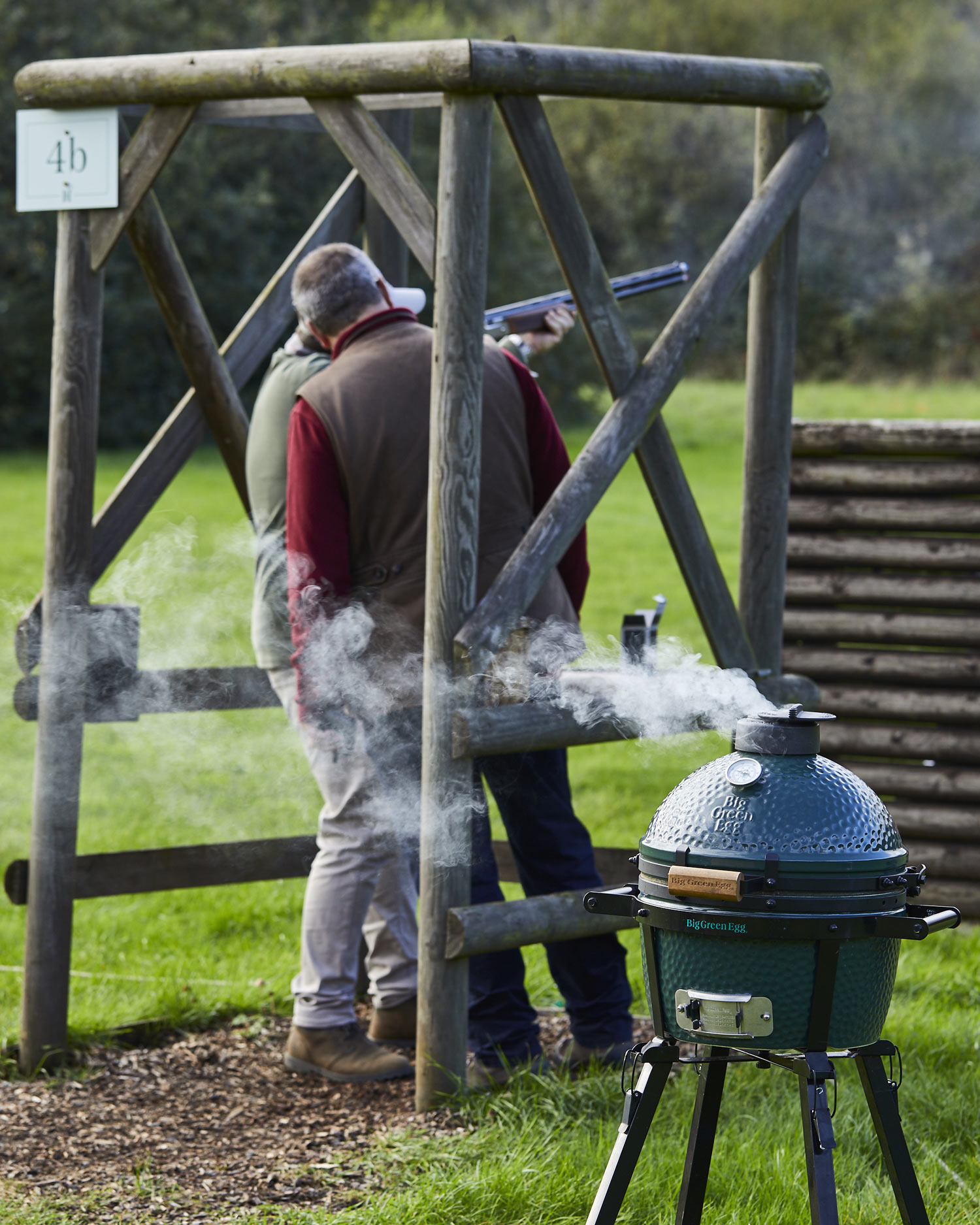
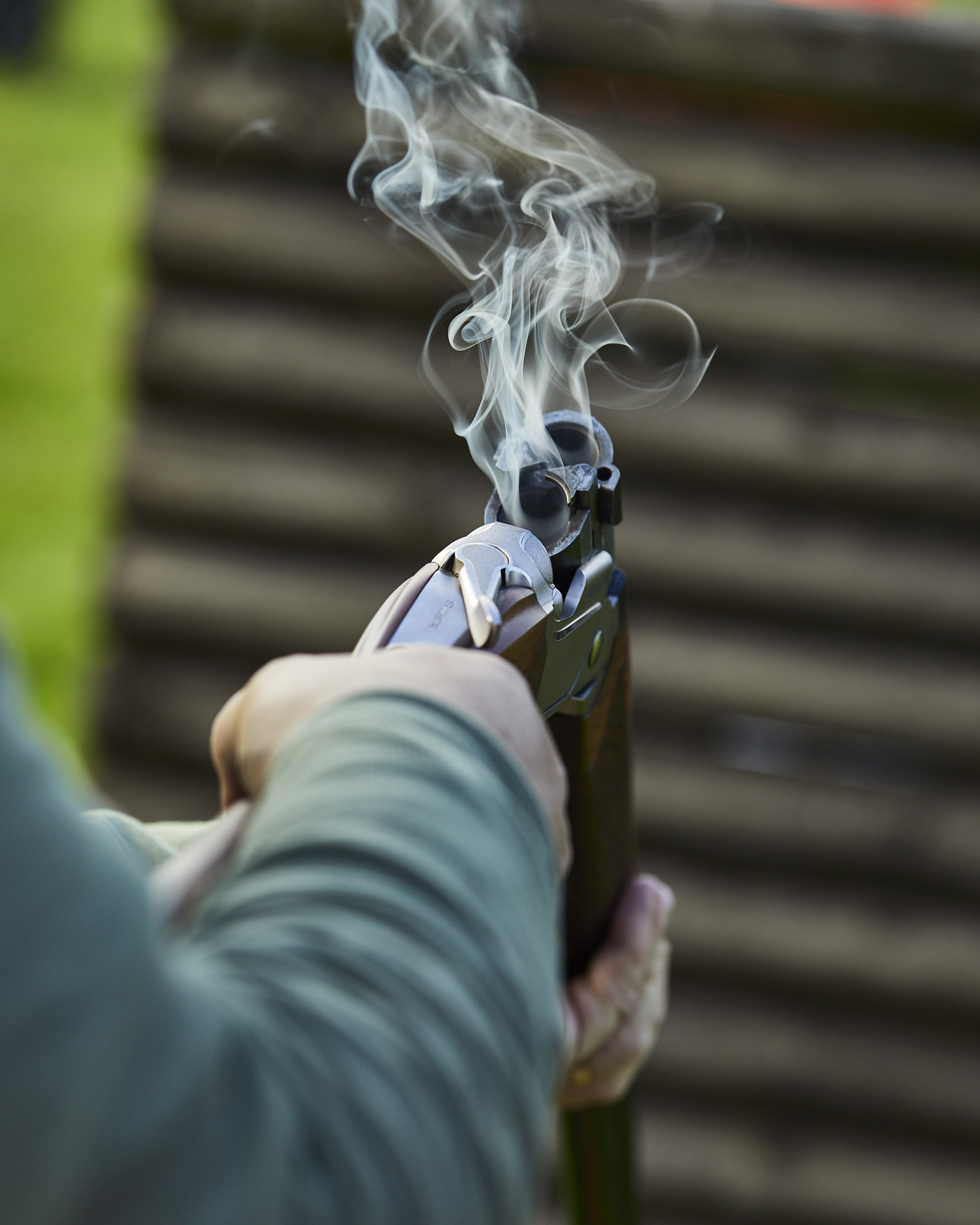
What’s your experience with cooking on a Big Green Egg?
JOSHUA: I was given an EGG as a present many years ago, and I love it. They’re fantastic bits of kit to cook on. You can do everything on it, from screaming-hot searing to a lovely low, slow cook, getting that smoky charcoal flavour into everything. They look great as well. At Holland & Holland, we love using it for the barbecue events through the summer. There’s just something beautiful about it, cooking over pure lumpwood charcoal. It goes hand in hand with good cookery, I think.
MARK: It’s a new piece of kit to me. I’ve witnessed them, I’ve seen them in lots of nice places, but today is actually the first time I’ve cooked on it – and I really enjoyed it. I took lots of instruction from Josh and it worked out really well. What we’ve done today is showcase different cooking methods: one was a lot lower and slower, and one was extremely hot, but both delivered delicious results. I have to say, I’m very impressed.
